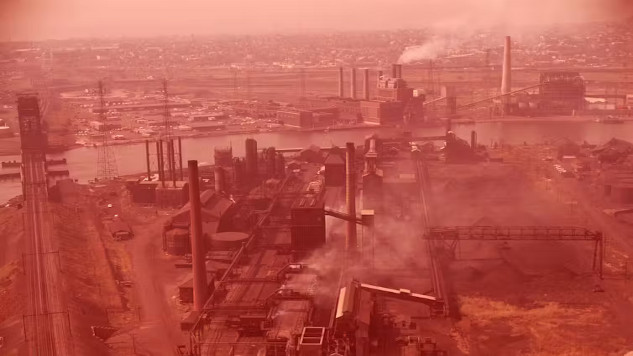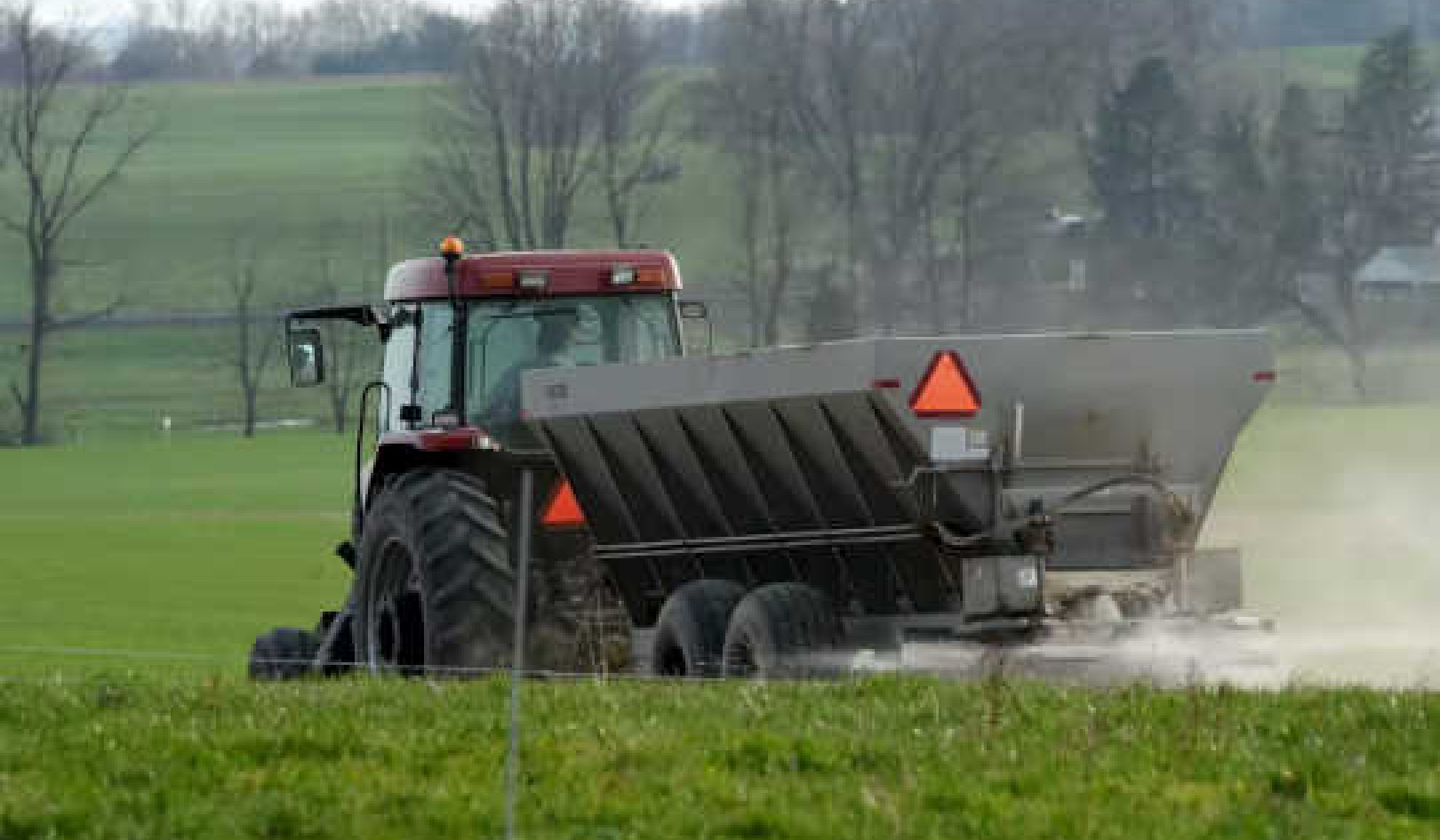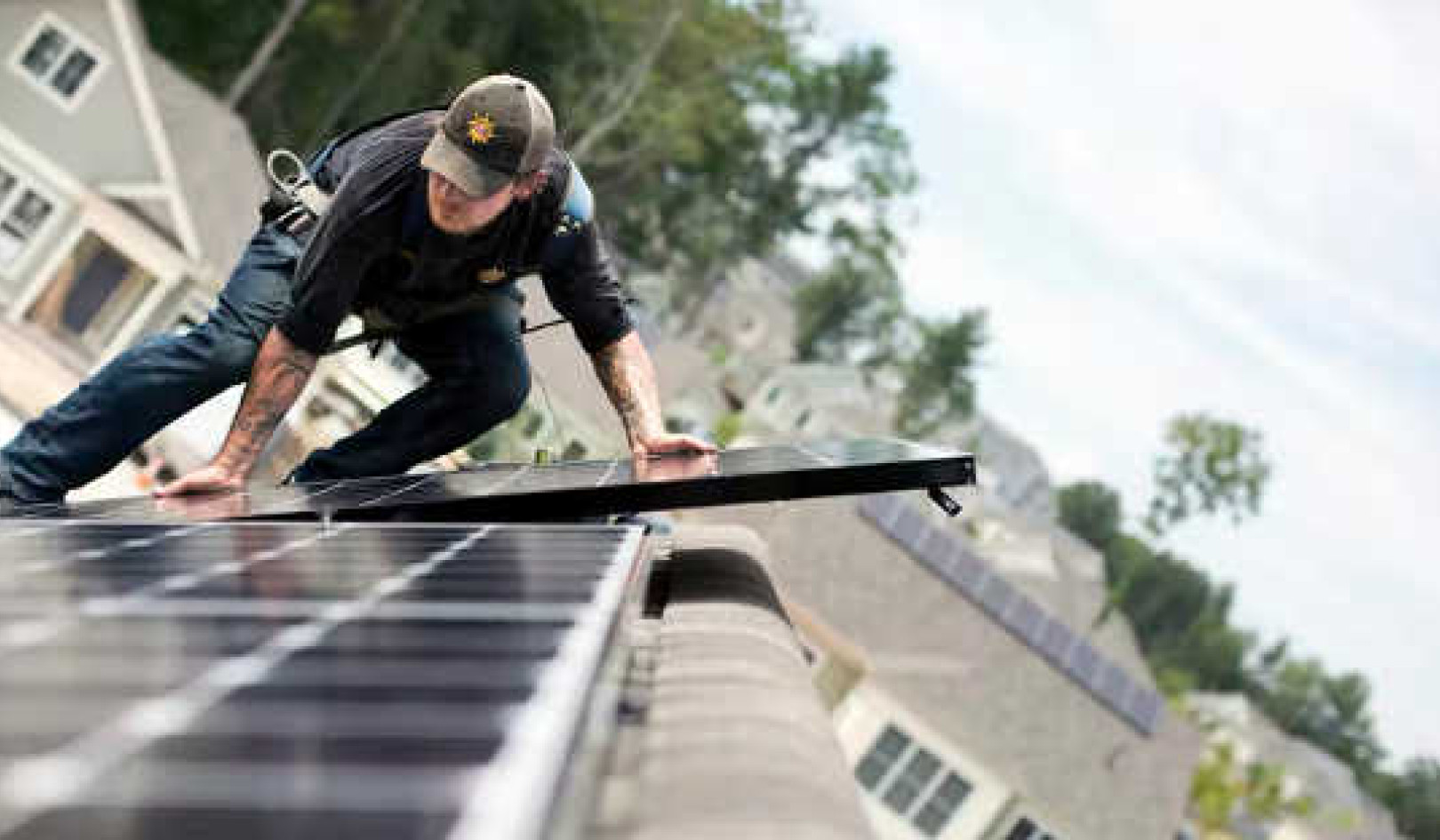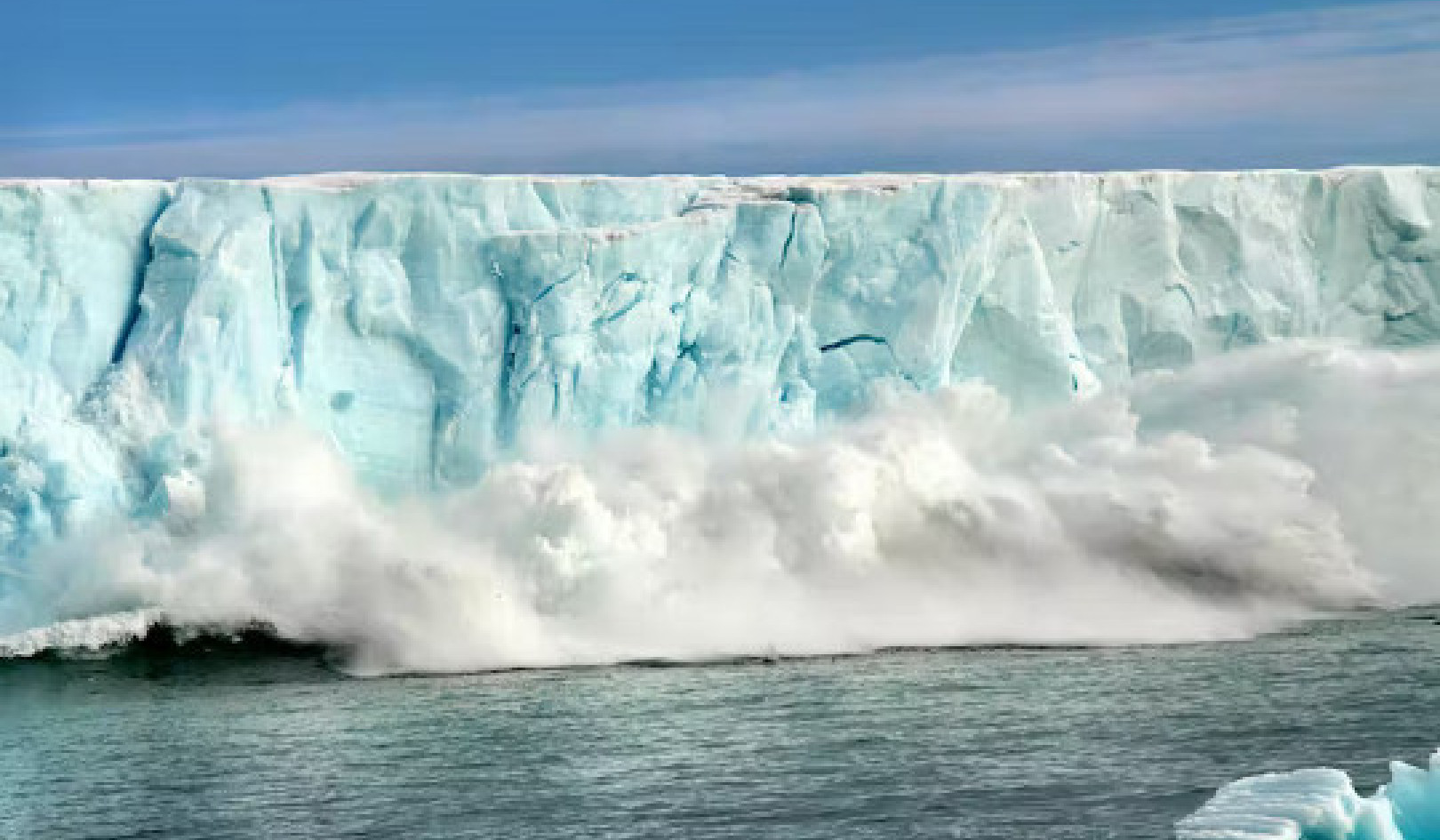
Activists in Newark, N.J., offer tours that teach visitors about the city’s legacy of industrial pollution and environmental racism. Charles Rotkin/Corbis via Getty Images
Indianapolis proudly claims Elvis’ last concert, Robert Kennedy’s speech in response to Martin Luther King Jr.’s assassination, and the Indianapolis 500. There’s a 9/11 memorial, a Medal of Honor Memorial and a statue of former NFL quarterback Peyton Manning.
What few locals know, let alone tourists, is that the city also houses one of the largest dry cleaning Superfund sites in the U.S.
From 1952 to 2008, Tuchman Cleaners laundered clothes using perchloroethylene, or PERC, a neurotoxin and possible carcinogen. Tuchman operated a chain of cleaners throughout the city, which sent clothes to a facility on Keystone Avenue for cleaning. It was also the location where used solution was stored in underground tanks.
Inspectors noted the presence of volatile organic compounds from leaking tanks and possible spills as early as 1989. By 1994, an underground plume had spread to a nearby aquifer. By the time the EPA became involved in 2011, the underground chemical plume had seeped more than a mile underneath a residential area, reaching a well that supplies drinking water to the city.
When geographer Owen Dwyer, earth scientist Gabe Filippelli and I investigated and wrote about the social and environmental history of dry cleaning in Indianapolis, we were struck by how few people outside of the dry cleaning and environmental management fields were aware of this environmental damage.
There are no markers or memorials. There is no mention of it – or any other accounts of contamination – in Indianapolis’ many museums. This kind of silence has been called “environmental amnesia” or “collective forgetting.”
Societies celebrate heroes and commemorate tragedies. But where in public memory is environmental harm? What if people thought about it not only as a science or policy problem, but also as a part of history? Would it make a difference if pollution, along with biodiversity loss and climate change, was seen as part of our shared heritage?
The slow violence of contamination
Environmental harm often takes place gradually and out of sight, and this could be one reason why there’s so little public conversation and commemoration. In 2011, Princeton English professor Rob Nixon came up with a term for this kind of environmental degradation: slow violence.
As underground storage tanks leak, shipwrecks corrode, coal ash ponds seep and forever chemicals spread, the creeping pace of poisoned soil and water fails to garner the attention that more dramatic environmental disasters attract.
Certain interests benefit from hiding the costs of pollution and its remediation. Sociologists Scott Frickel and James R. Elliott have studied urban pollution, and they highlight three reasons for its pervasiveness and persistence.
First, in cities, small factories, auto repair shops, dry cleaners and other light industries sometimes only stay open for a decade or two, making it challenging to regulate them and track their environmental impacts over time. By the time contamination is discovered, many facilities have long been shuttered or purchased by new owners. And the polluters have a direct financial interest in not being connected with it, since they could be held liable and forced to pay for cleanup.
Similarly, urban neighborhoods tend to have shifting demographics, and local residents are often not aware of historical pollution.
Finally, it can simply be politically expedient to look the other way and ignore the consequences of pollution. Cities may be concerned that publicizing toxic histories discourage investment and depress property values, and politicians are hesitant to fund projects that may have a long-term benefit but short-term costs. Indianapolis, for example, tried for decades to avoid mitigating the raw sewage flowing into the White River and Fall Creek, arguing it was too expensive to deal with. Only when required by a consent decree did the city start to address the problem.
Toxic legacies are also difficult to track because their effects may be hidden by distance and time. Anthropologist Peter Little traced the outsourcing of electronics waste recycling, which is shipped from the places where electronics are bought and used, to countries such as Ghana, where labor is cheap and environmental regulations lax.
Then there are the toxic traces of military conflicts, which linger long after the fighting has stopped and troops have returned home. Historian and geologist Daniel Hubé has documented the long-term environmental impact of World War I munitions.
At the end of the war, unused and unexploded bombs and chemical weapons had to be disposed of. In France, at a site known as Place à Gaz, hundreds of thousands of chemical weapons were burned. Today, the soils have been found to have extraordinarily high levels of arsenic and other heavy metals.
More than a century after the end of the war, little grows on the contaminated, barren land.
Toxic tours and teaching moments
There’s a growing movement to make toxic histories more visible.
In Providence, Rhode Island, artist Holly Ewald founded the Urban Pond Procession to call attention to Mashapaug Pond, which was contaminated by a Gorham Silver factory. She worked with community partners to create wearable sculptures, puppets and giant fish, all of which were carried and worn in an annual parade that took place from 2008 to 2017.
Cultural anthropologist Amelia Fiske collaborated with artist Jonas Fischer to create the graphic novel “Tóxico,” which will be published in 2024. It depicts petroleum pollution in the Ecuadorian Amazon, as well as the struggles of those fighting for environmental justice.
Toxic tours can educate the public about the histories, causes and consequences of environmental harm. For example, Ironbound Community Corporation in Newark, New Jersey, offers a tour of severely contaminated sites, such as the location of the former Agent Orange factory, where the sediment in the sludge is laced with the carcinogen dioxin. The tour also goes by a detention center that’s built on a brownfield, which has only undergone industrial-level remediation because that’s the standard all prisons are held to.
In 2017, the Humanities Action Lab organized “Climates of Inequality,” a traveling exhibit co-curated by more than 20 universities and local partners exploring environmental issues affecting communities around the world. The exhibit brings attention to polluted waterways, the impacts of climate change, ecological damage on Indigenous lands and the ways in which immigrant agricultural workers experience heat stress and chronic pesticide exposure. The exhibits also explore the affected communities’ resilience and advocacy.
These stories of pollution and contamination, and their effects on people’s health and livelihoods, represent only a sampling of current efforts to curate toxic heritage. As sociologist Alice Mah writes in her foreword to “Toxic Heritage”: “Reckoning with toxic heritage is an urgent collective task. It is also unsettling work. It requires confronting painful truths about the roots of toxic injustice with courage, honesty, and humility.”
I see public commemoration of hidden toxic histories as a way to push back against denial, habituation and amnesia. It creates a space for public conversation, and it opens up possibilities for a more just and sustainable future.![]()
About The Author
Elizabeth Kryder-Reid, Chancellor's Professor of Anthropology and Museum Studies, Indiana University
This article is republished from The Conversation under a Creative Commons license. Read the original article.
Books on The Environment from Amazon's Best Sellers list
"Silent Spring"
by Rachel Carson
This classic book is a landmark in the history of environmentalism, drawing attention to the harmful effects of pesticides and their impact on the natural world. Carson's work helped to inspire the modern environmental movement and remains relevant today, as we continue to grapple with the challenges of environmental health.
Click for more info or to order
"The Uninhabitable Earth: Life After Warming"
by David Wallace-Wells
In this book, David Wallace-Wells offers a stark warning about the devastating effects of climate change and the urgent need to address this global crisis. The book draws on scientific research and real-world examples to provide a sobering look at the future we face if we fail to take action.
Click for more info or to order
"The Hidden Life of Trees: What They Feel, How They Communicate?Discoveries from A Secret World"
by Peter Wohlleben
In this book, Peter Wohlleben explores the fascinating world of trees and their role in the ecosystem. The book draws on scientific research and Wohlleben's own experiences as a forester to offer insights into the complex ways that trees interact with one another and the natural world.
Click for more info or to order
"Our House Is on Fire: Scenes of a Family and a Planet in Crisis"
by Greta Thunberg, Svante Thunberg, and Malena Ernman
In this book, climate activist Greta Thunberg and her family offer a personal account of their journey to raise awareness about the urgent need to address climate change. The book provides a powerful and moving account of the challenges we face and the need for action.
Click for more info or to order
"The Sixth Extinction: An Unnatural History"
by Elizabeth Kolbert
In this book, Elizabeth Kolbert explores the ongoing mass extinction of species caused by human activity, drawing on scientific research and real-world examples to provide a sobering look at the impact of human activity on the natural world. The book offers a compelling call to action to protect the diversity of life on Earth.






















